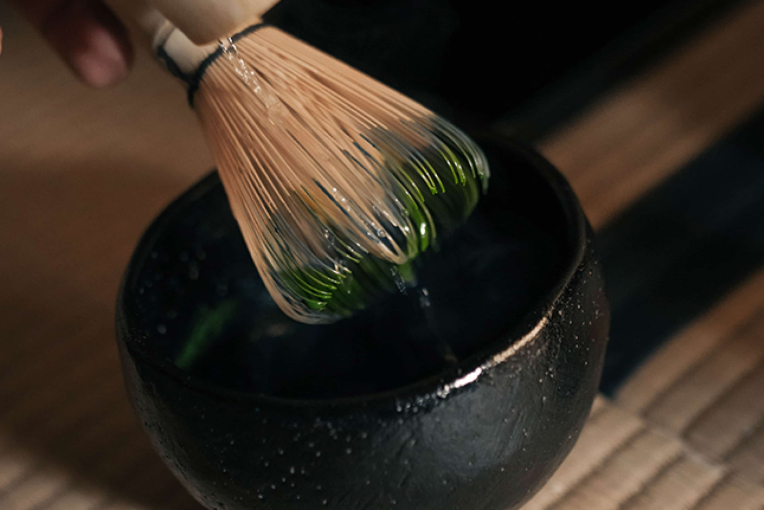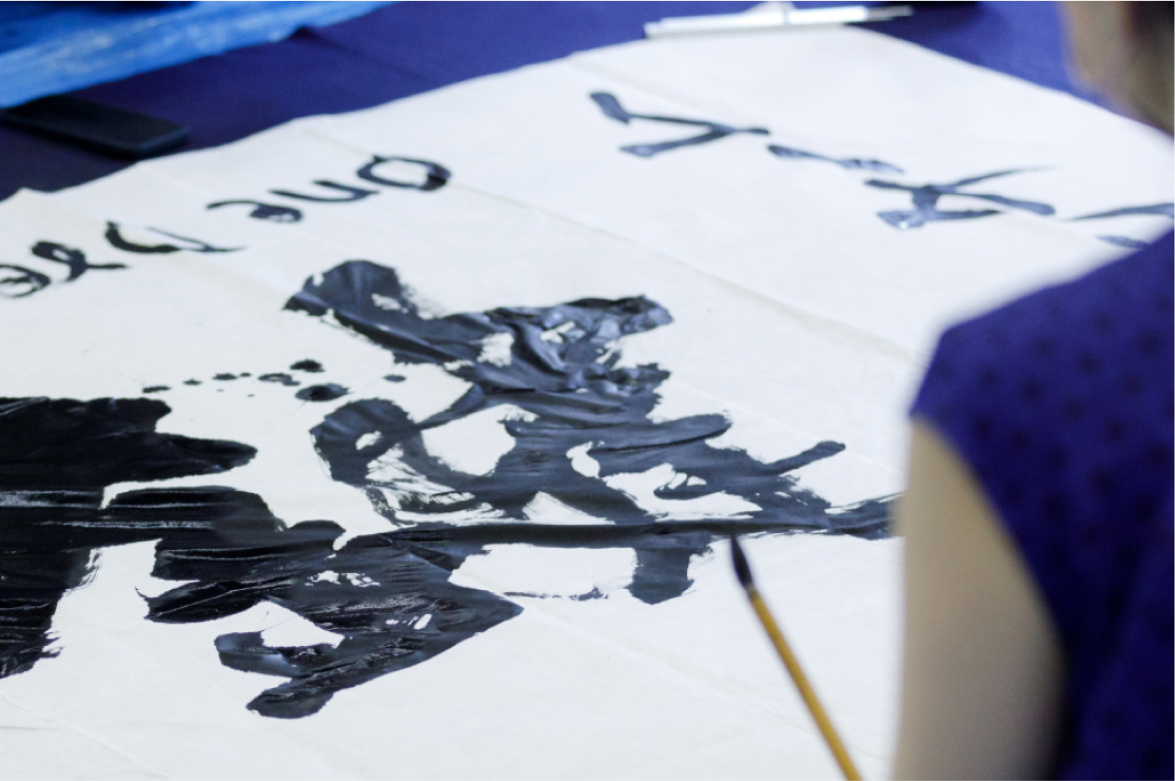Famous Japanese Temples and Shrines, Explained by Their Names
Japan is home to hundreds of thousands of Buddhist temples and Shinto shrines. But while English has only one name each for these religious institutions, Japanese has several different titles for each. In this article, we’ll look at some of the most common names and their origins in some of Japan’s most famous temples and shrines.
Shinto Shrines: Jinja, Jingu, Miya, Taisha
The most common name for a shrine is jinja 神社. It’s also the most general, and one of the lowest ranked. It can be thought of as the closest to the English “shrine.”
Jingu 神宮 (literally “shrine palace”) shows a connection to the royal family. The Ise Jingu Shrine in Mie Prefecture is dedicated to the sun goddess Amaterasu, said to be the ancestor of the Japanese Imperial Household. It is one of the oldest and most important Shinto shrines in Japan, and is technically called simply Jingu because of its deep connection with the royal family.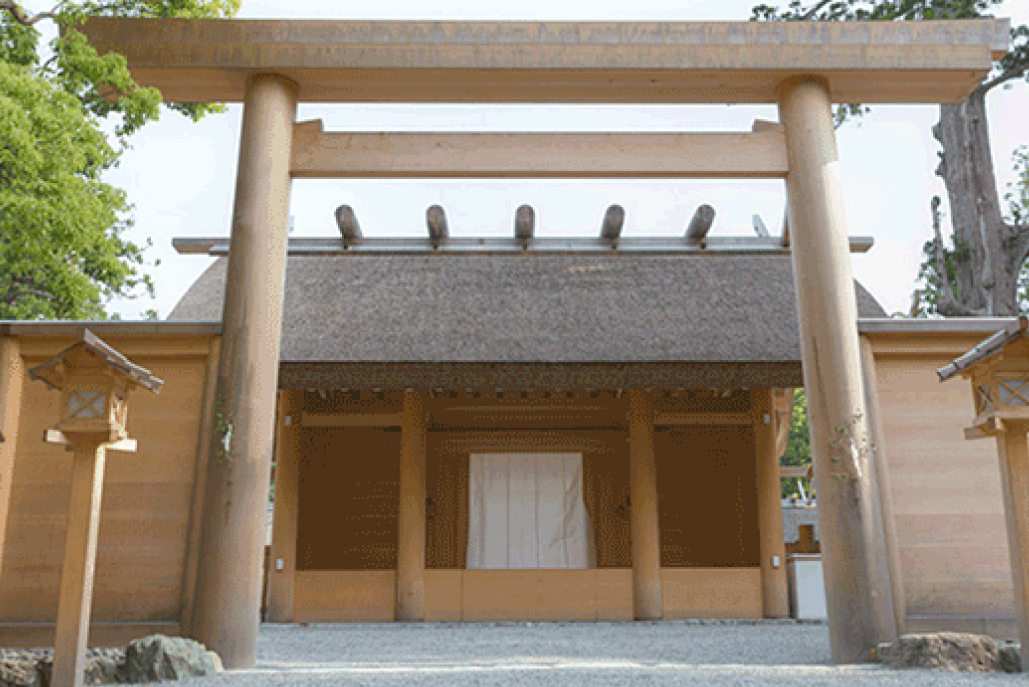
The popular Meiji Jingu Shrine in Tokyo is another famous jingu shrine. It enshrines the Emperor Meiji (1852–1912) and his wife, Empress Shoken (1849–1914).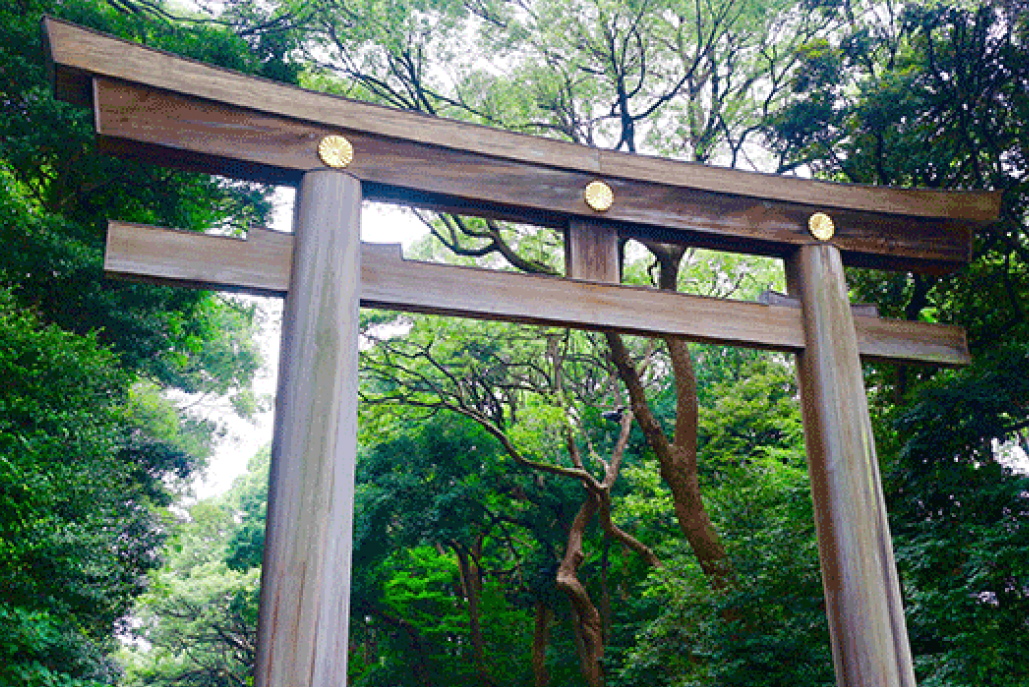
Some shrines include just Gu 宮 (“Palace”) in their name. These shrines often enshrine an imperial prince, but may also enshrine major historical figures. Perhaps the most common are Toshogu, enshrining the shogun Tokugawa Ieyasu (1543–1616), and Tenmangu, which enshrine the court scholar Sugaware-no-Michizane (845–903).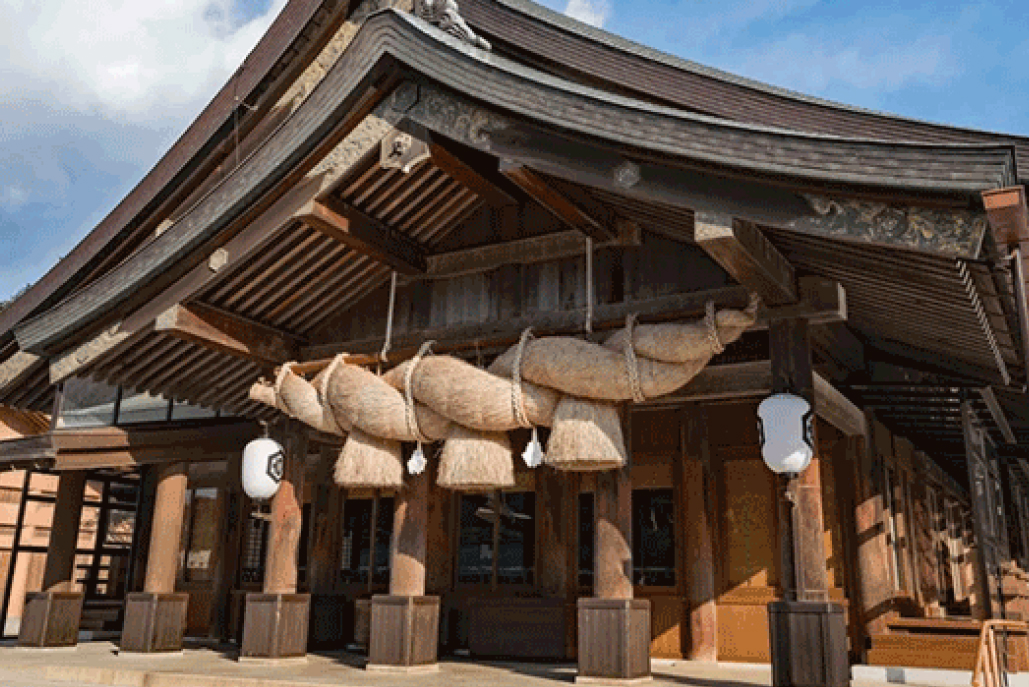
Taisha 大社, literally “Great Shrine,” are major shrines in a region under previous systems of shakaku, or shrine-ranking. This system was in place until the end of World War Two. Originally, the name was only used by Izumo Taisha Shrine in Shimane Prefecture, one of the holiest sites in Shinto. However, after reforms in the 19th century a number of other shrines adopted the name to reflect their importance. Nowadays, the name is applied less strictly to shrines up and down the country.
Buddhist Temples: Ji, Tera, In
Many ancient Buddhist temples, especially in China, stand on mountains. For this reason many temple names are officially the names of the mountain they (sometimes figuratively) stand on. These origins are reflected in names for other aspects of temple architecture, like the main gate, called the sanmon 山門, or “Mountain Gate.”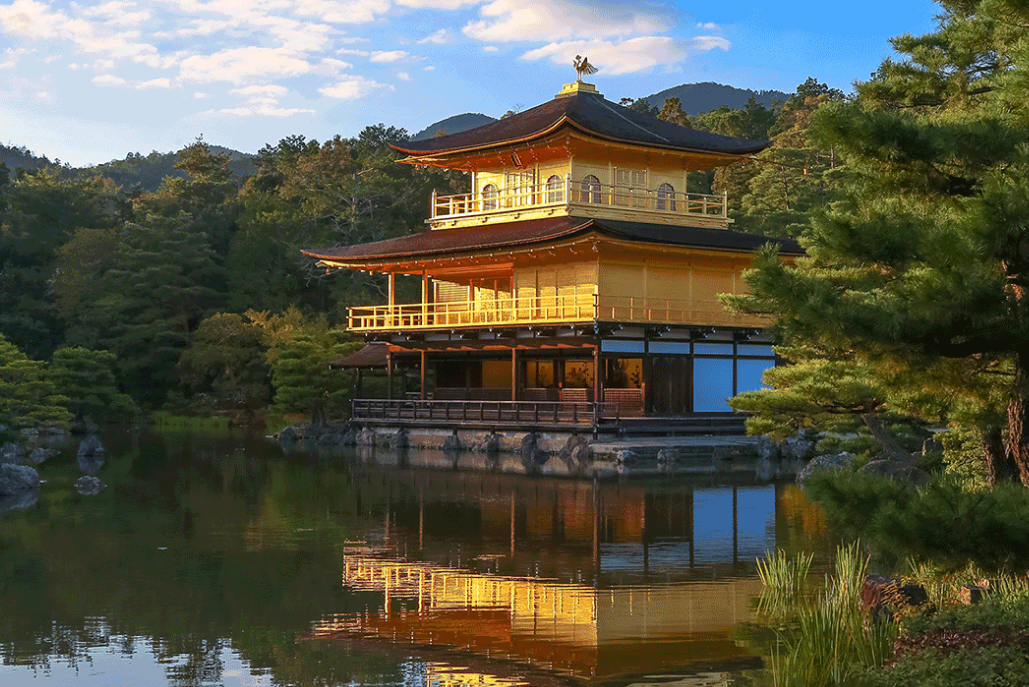
The official name of the temple will usually include this “mountain name,” but most temples have shorter common names, sometimes relating to a famous characteristic or feature. Risshaku-ji Temple in Yamagata Prefecture, for example, is commonly called Yamadera (山寺, literally “The Mountain Temple”), as its grounds stretch several hundred steps up a mountain. Rokuon-ji in Kyoto is far better known as Kinkaku-ji (金閣寺), the Temple of the Golden
Tera, Dera and Ji are all readings of the same character, 寺, meaning simply “temple.” Some temples, however, are called In 院, which might be translated as “Institute.” Byodo-in Temple in Kyoto, for example, bears this name. While there is very little difference in practice, the name “In” can reflect a temple’s role as a major monastery or association with the Imperial Court – for many centuries, Buddhism was the major religion of government.
While the English translations “shrine” and “temple” may explain the broad nature of a Japanese religious site, knowing a little of the Japanese can offer a window into the history of almost any temple or shrine in Japan.
Take your appreciation further with Wabunka Experience. Experience traditional Japanese culture in historic locations, including some of Japan’s most beautiful temples and shrines. Contact us and start planning your bespoke experience today.
Our dedicated coordinators will propose the best cultural experiences for you, customized to your needs.
